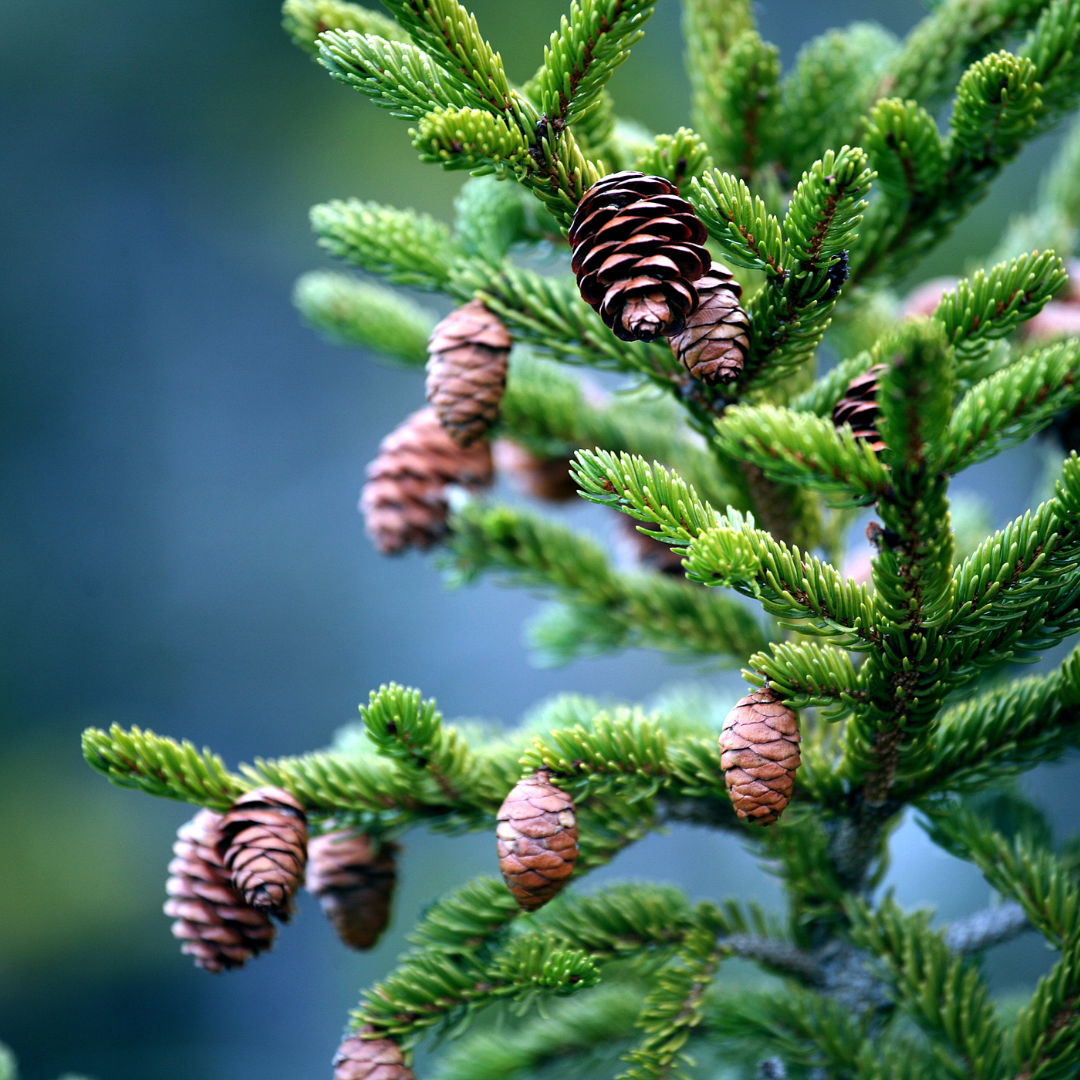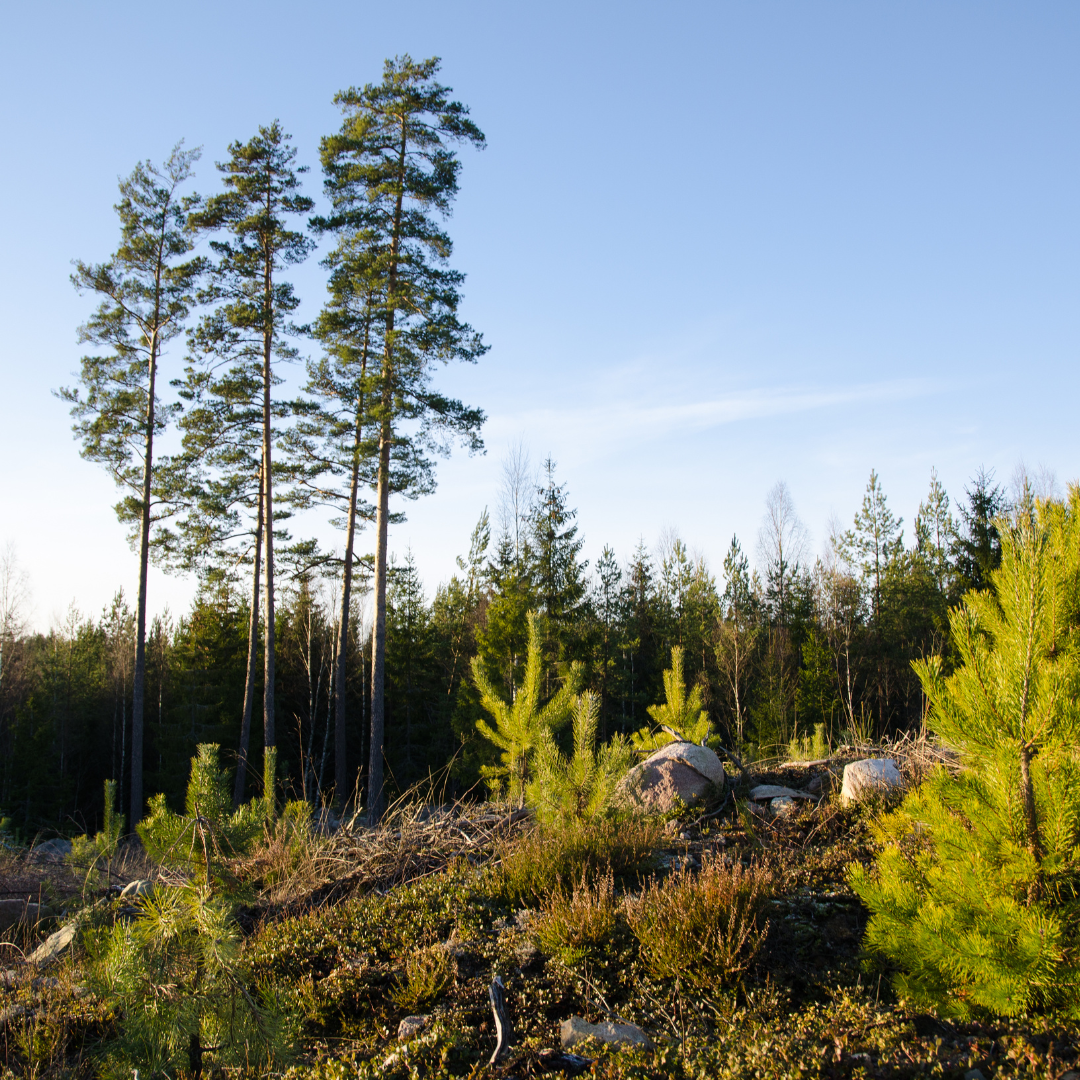Welcome, Maine landowners! Pine trees are not just a symbol of our beautiful state but a vital part of our ecology and economy. This year, we’re witnessing an extraordinary event – our pine trees are brimming with pine cones, signaling a promising season for pine tree regeneration. Understanding this natural process is crucial for both landowners and loggers aiming to maintain the health and sustainability of our forests.
Understanding How Pine Tree Regeneration Works
With their fascinating life cycle, pine trees are a vital part of Maine’s landscapes. Starting as tiny seeds in a cone, they grow into the towering trees that characterize our beautiful state. Maine’s most prevalent and economically valuable pine is the Eastern White Pine, although other species are present, such as red pines and pitch pines. These cones are the crux of regeneration, each carrying the potential to breathe new life into our forests.

This year, we’re witnessing an abundance of pine cones, signaling a season of accelerated regeneration. But what implications does this hold for our forests, particularly for the predominant White Pine? Various strategies can optimize pine regeneration, including selective logging to remove diseased trees and encourage the growth of healthier ones and controlled burns to prepare the soil for seeding.
Different species of pine trees may necessitate varied approaches due to their unique characteristics. Specific examples of this have been heavily documented in other areas of the country, like longleaf and loblolly pines. The shelterwood harvest method is more suitable for heavy-seeded species like longleaf pine, while a seed-tree harvest method is ideal for light-seeded species like loblolly pine.
Understanding pine tree regeneration is not just about acknowledging the life cycle of these trees; it’s about recognizing the opportunities and responsibilities that come with it. With the right knowledge and sustainable practices, we can ensure the continued flourishing of our predominantly White Pine forests, contributing to Maine’s rich forestry heritage and ecological balance.
Stay tuned as we delve deeper into the specific landscape of White Pine in Maine, explore sustainable logging practices, and offer valuable tips for landowners looking to make the most of this flourishing year for pine tree regeneration.
The Pine Tree Landscape in Maine
Maine is home to various pine trees, each contributing to the diversity and beauty of our landscapes. Among them, the Eastern White Pine holds a special place, symbolizing both our heritage and our commitment to sustainable forestry. This majestic tree is not just an emblem of Maine; it’s a cornerstone of our economy and ecology.
The Eastern White Pine is a versatile and valuable resource, supporting industries from construction to paper manufacturing. Its ecological significance is equally paramount, providing habitat for wildlife and maintaining the balance of our forest ecosystems. However, regenerating white pine comes with unique challenges and considerations.
Research from the Maine Forest Service and the University of Maine sheds light on the intricacies of white pine regeneration. Establishing a new naturally seeded white pine stand requires careful planning and management. Factors such as seed germination, sunlight availability, and competition from other species play a crucial role in the success of regeneration efforts.
The Role of Logging in Pine Tree Regeneration
When done responsibly, logging is vital in fostering pine tree regeneration. It’s essential to debunk some common myths surrounding logging – it’s not about indiscriminate tree cutting but about nurturing the health and vitality of our forests.

Sustainable logging practices promote regeneration, enhance biodiversity, and protect the environment. Selectively removing trees creates the necessary space and conditions for seedlings to thrive. Controlled burns and strategic thinning are among the techniques employed to encourage the growth of new pines.
At Day Logging, we are deeply committed to sustainable logging and forest management. Our mission is to provide top-notch logging services while preserving the integrity of Maine’s forests. We believe in striking a balance between meeting today’s needs and ensuring our forests’ well-being for generations to come.
Laws, Regulations, and Best Practices
Navigating the world of logging in Maine means understanding and adhering to laws and regulations designed to protect our forests and promote sustainable management. These rules are in place to ensure that logging activities contribute to the health and vitality of our woodlands rather than depleting them.
Both state and private foresters play a crucial role in overseeing logging operations, ensuring that every step of the process aligns with best practices and regulatory standards. Compliance is not just about following the law; it’s about being a responsible steward of Maine’s natural resources.
We recommend referring to our Complete Landowner’s Maine Logging Guide for a more in-depth look at Maine’s logging laws and regulations. This comprehensive guide offers valuable insights and information to help landowners navigate our state’s legal logging landscape.
Opportunities and Considerations for Landowners
This year’s accelerated pine tree regeneration opens up a wealth of opportunities for timber harvesting. The abundance of pine cones and the promising growth of seedlings means that landowners in Maine have a unique chance to contribute to sustainable forestry while benefiting economically.
However, seizing this opportunity requires careful consideration. Landowners should evaluate the condition of their land, the types of pine trees present, and the potential market for harvested timber. Understanding logging activities’ tax implications and financial aspects is essential to making informed decisions.
Choosing the right logger is a crucial step in this journey. Certified master loggers, like the experienced team at Day Logging, bring a wealth of knowledge, expertise, and commitment to sustainable practices. Working with a trusted logger ensures the harvesting process is conducted responsibly, maximizing benefits while preserving the forest ecosystem.
The Bottom Line
As we wrap up our journey through the facts of pine tree regeneration in Maine, it’s evident that this year is truly special. The abundance of pine cones signals a promising future for our forests, presenting a unique opportunity for regeneration and growth.
The intertwined roles of landowners, loggers, and foresters are at the heart of sustainable forest management. Each plays a pivotal part in nurturing and preserving our beloved state’s natural beauty and resources. It’s a collective effort where understanding, responsibility, and action come together to shape the future of Maine’s forests.
For landowners, this is a golden opportunity to leverage the accelerated regeneration. It’s a chance to be part of something meaningful, contribute to our forests’ conservation, and explore the possibilities that sustainable logging brings.
Are you ready to explore the opportunities this unique year brings? We at Day Logging offer expert advice and services tailored to your needs. We invite you to contact us, learn more about sustainable logging, and join us in our commitment to forest conservation in Maine.
Let’s work together to make the most of this flourishing year for pine tree regeneration. Let’s contribute to preserving and growing Maine’s forests, ensuring they thrive for generations!
